Leave A Legacy! Westside – Old Growth and Implementation
- Sep 13, 2016
- 2 min read
The Klamath National Forest (KNF) repeatedly stated in its Westside documents that all legacy trees would be kept standing. From what we have seen, KNF has been cutting and removing these biological legacies at a rapid pace and more are threatened.
Legacy trees, i.e. old growth snags and live trees are defined as disproportionately large diameter trees that are often remnants of the previous stand on a given site. They are old standing trees that have persisted on the landscape after man-made and natural disturbances. For example, large trees containing one or more of the following characteristics: split or broken tops, heavy decadent branching, large mistletoe brooms, otherwise damaged to the degree that a cavity may form such as basal fire or lightning scars, or other features that indicate decay or defect. If the legacy component tree or snag was to be felled for safety reasons it was supposed to be left whole on the ground.
The alternative that KNF chose was specifically developed because of the effects of logging on spotted owl and fisher habitat, habitat connectivity, and legacy components and concerns about treatments in late-successional reserves. This alternative was chosen because it was supposed to emphasize the development of future late successional habitat, habitat connectivity, northern spotted owl habitat and legacy habitat components within the post fire landscape. It was designed to retain legacy components for future habitat development, reduce effects to owl nests, and lessen the effects of clearcut logging on watershed connectivity.
The US Fish and Wildlife Service (USFWS) have also had concerns about the logging of legacy trees. In fact the Biological Opinion and the non-jeopardy decision for Northern spotted owls was partly based on the assumption that old growth trees would be left on the landscape. To date, the issue of removing legacy trees has not been resolved and they continue to be cut without public oversight – due to forest closure – or immediate action from the USFWS. EPIC has been communicating these concerns to the USFWS and has sent the KNF a notice of intent to litigate on this matter, which would be in addition to our current lawsuit.
Legacy tree retention is not the only issue currently going wrong with Westside implementation. In early August this year EPIC requested a visit to see if the project design features were being adequately implemented. We saw; many old growth trees stacked for hauling, no dust abatement, logging in Riparian Reserves as well as trees stacked in the reserves, damaged soils, no washing stations for equipment to deter the spread of non-native invasive plant species, roads and hillsides on the verge of wash out and more. Below is a photo gallery showing the current implementation of the Westside project, which was documented by EPIC staff on August 4th 2016.
Below is a photo gallery of legacy trees still standing, but critically threatened as they are not marked for saving, in the Grider and Cold Springs Westside Timber Sales and implementation as of August 4 in the Walker Creek watershed, which includes Walker, Salt, Slinkard and a small portion of Blue Mountain Timber Sales.


















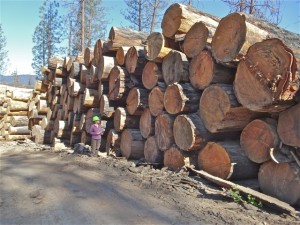
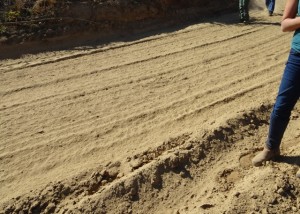
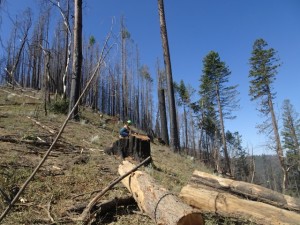
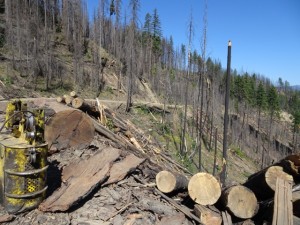


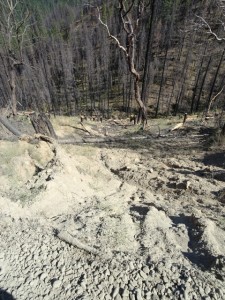

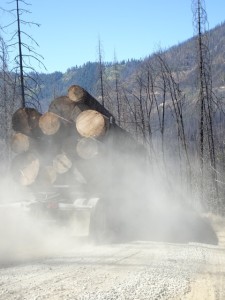
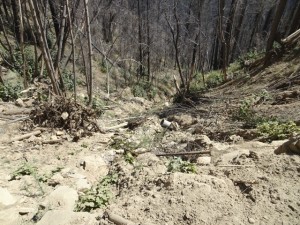
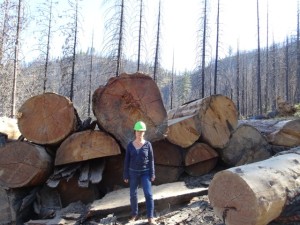















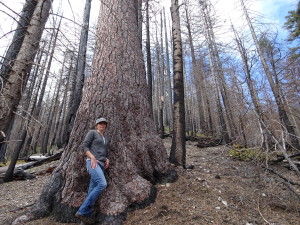

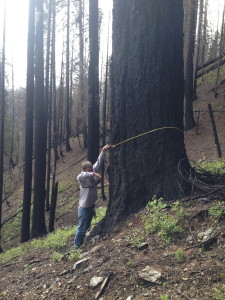





Comments